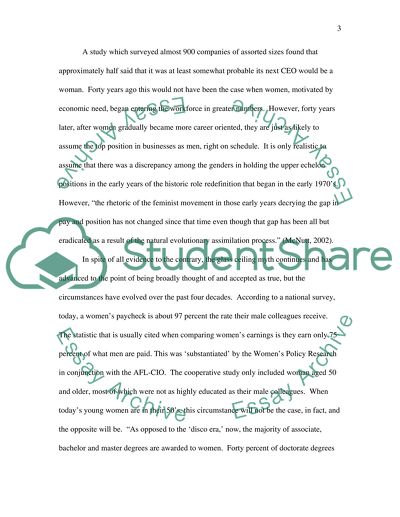Cite this document
(“The Glass Ceiling is gone for women Research Paper”, n.d.)
Retrieved de https://studentshare.org/gender-sexual-studies/1430180-the-glass-ceiling-is-gone-for-women
Retrieved de https://studentshare.org/gender-sexual-studies/1430180-the-glass-ceiling-is-gone-for-women
(The Glass Ceiling Is Gone for Women Research Paper)
https://studentshare.org/gender-sexual-studies/1430180-the-glass-ceiling-is-gone-for-women.
https://studentshare.org/gender-sexual-studies/1430180-the-glass-ceiling-is-gone-for-women.
“The Glass Ceiling Is Gone for Women Research Paper”, n.d. https://studentshare.org/gender-sexual-studies/1430180-the-glass-ceiling-is-gone-for-women.


